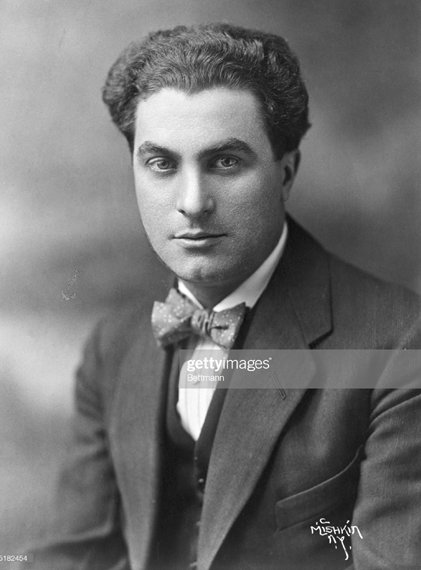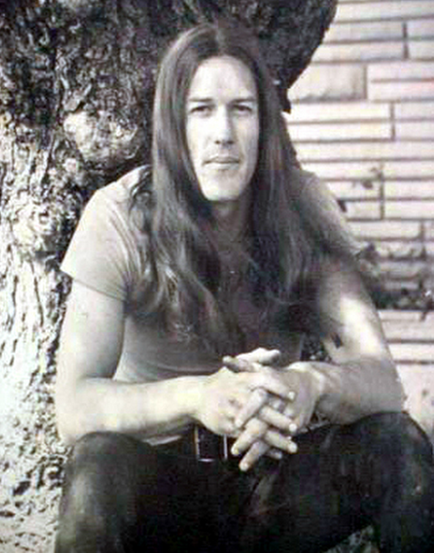Sleeping in a Jar and The Uncle Meat Variations
Sleeping in a Jar
The Mothers of Invention: Frank Zappa (low vocals, electric guitar, percussion), Ray Collins (high-pitched vocals), Ian Underwood (alto and baritone saxes, flute, clarinet, piano, electronic organ, harpsichord, celeste), Bunk Gardner (alto, tenor and soprano saxes, flute, piccolo, clarinet and bass clarinet, bassoon), Don Preston (electric piano), Roy Estrada (electric bass), Jimmy Carl Black (drums) and Art Tripp (drums, timpani, vibraphone, xylophone, marimba, wood blocks, bells, small chimes). From the album Uncle Meat (1969).
During his childhood, Frank Zappa was often ill: he suffered from sinusitis, earache and asthma. In 1955 he joined a San Diego rhythm and blues band called The Ramblers playing drums. Then, his parents bought a phonograph and Zappa started getting rhythm and blues singles and gathering a large collection that he kept for the rest of his life. He was also interested in composers of modern classical music, such as Ígor Stravinsky, but especially in the avant-garde work of French Edgard Varèse, who lived for long periods in the United States.

Edgard Varèse
After graduating from high school, he studied music at several universities. In one of them he became friends with Don Glen Vliet, with whom he shared an interest in rhythm and blues, and they influenced each other throughout their musical careers. In 1956 his family moved to Lancaster, where Zappa formed the interracial blues group the Blackouts, where he met singer and saxophonist Jim “Motorhead” Sherwood, who later became part of the Mothers of Invention.

Jim “Motorhead” Sherwood
In 1957 Zappa changed the drums for the guitar and his first influences were Clarence “Gatemouth” Brown, Howlin’ Wolf and Johnny “Guitar” Watson, all blues musicians. Watson collaborated on some of his albums in the 1970s and 1980s, and Zappa created an innovative, eclectic and personal style. He also started making arrangements and writing avant-garde compositions. In 1959 he left his home, went to Los Angeles and there he found out about underground music and began to have aversion to the prevailing social, political and musical currents carried by the social and cultural mixture of the city. In 1960 he worked briefly in advertising in Ontario and learned how it was run. Throughout all his professional trajectory, Zappa took care of the visual presentation of his work, designing some of his album covers and directing his own videos and films.


Your post has been supported and upvoted from the Classical Music community on Steemit as it appears to be of interest to our community. We also support jazz and folk music posts!
If you enjoy our support of the #classical-music community, please consider a small upvote to help grow the support account!
You can find details about us below.
The classical music community at #classical-music and Discord. Follow our community accounts @classical-music and @classical-radio or follow our curation trail (classical-radio) at SteemAuto!
Delegation links: 10SP, 25SP, 50SP, 75SP, 100SP, 150SP, 200SP, 250SP, 500SP, 1000SP